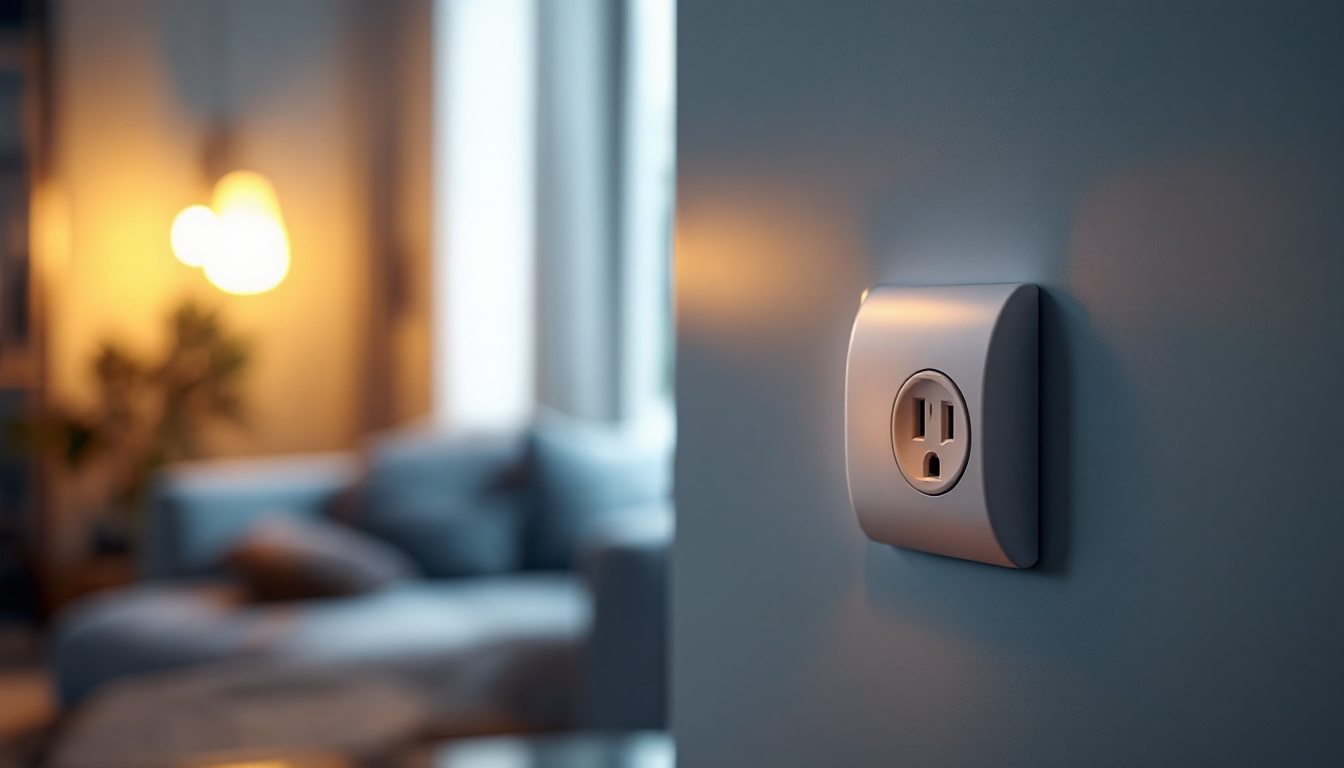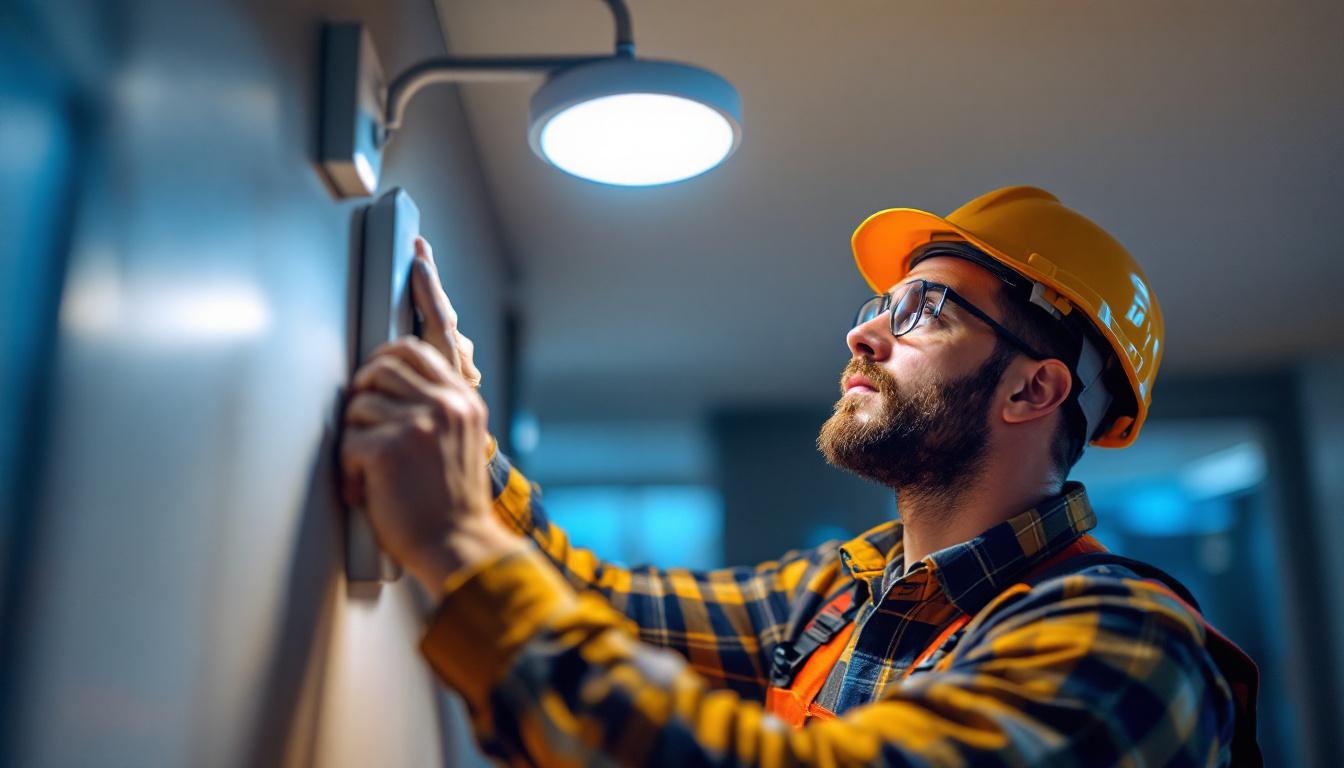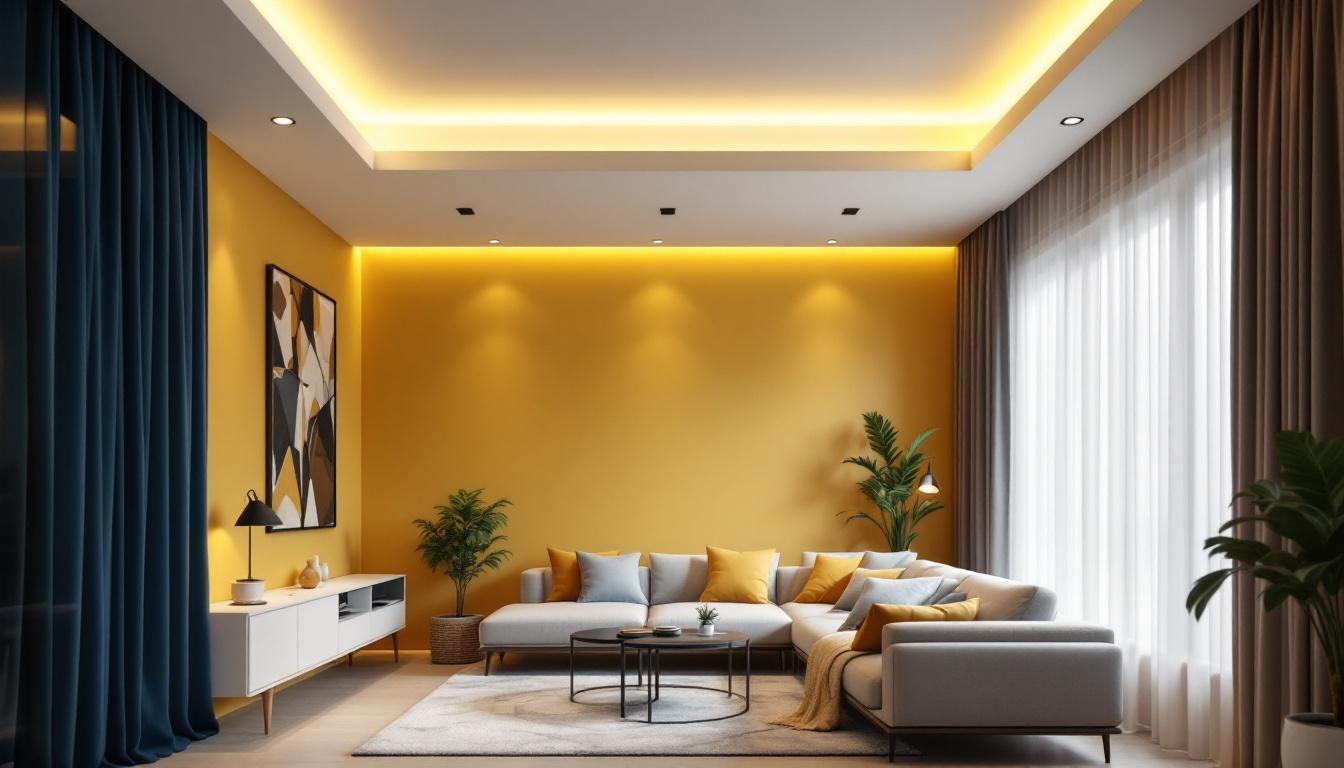
Lighting is an essential aspect of any construction or renovation project, and for lighting contractors, mastering the nuances of installation can significantly enhance the quality of work delivered. One of the critical components in achieving a polished finish is the use of can light clips. These clips play a vital role in securing recessed lighting fixtures, ensuring both safety and aesthetic appeal. This article delves into the various aspects of can light clips, offering valuable tips for lighting contractors to elevate their craftsmanship.
Can light clips are small but mighty components that secure recessed lighting fixtures, commonly referred to as can lights, to the ceiling structure. They are designed to hold the light fixture in place while allowing for easy installation and removal. Understanding the different types of clips available and their specific applications can greatly influence the efficiency of the installation process.
There are various types of can light clips, each serving distinct purposes. The most common types include spring clips, friction clips, and screw-in clips. Spring clips are typically used for lightweight fixtures, providing a secure hold without the need for additional tools. Friction clips, on the other hand, are designed to grip the housing tightly, making them ideal for heavier fixtures. Screw-in clips offer a more permanent solution, ensuring that the fixture remains firmly in place, even in high-traffic areas.
When selecting the appropriate clip, consider the weight of the fixture and the type of ceiling material. For instance, drywall ceilings may require different clips compared to plaster or wood ceilings. Understanding these nuances can help contractors make informed decisions, ultimately leading to a smoother installation process. Additionally, it’s essential to consider the aesthetic implications of the clips. Some clips are designed to be less visible, allowing for a cleaner look, while others may be more prominent. Choosing the right clip can enhance not only the functionality but also the overall appearance of the lighting installation.
Proper installation techniques are crucial for ensuring that can light clips function effectively. Begin by marking the desired location for the can light on the ceiling. Use a stud finder to locate any joists or beams, as this will determine where the clips can be securely attached. Once the location is marked, cut a hole for the fixture, ensuring it meets the manufacturer’s specifications.
When installing the clips, follow the manufacturer’s instructions closely. For spring clips, push the clip into the housing until it clicks into place. For friction clips, ensure that they are positioned correctly to grip the housing securely. If using screw-in clips, pre-drill holes to avoid damaging the ceiling material. Taking the time to follow these steps will result in a professional finish and reduce the likelihood of future issues. Moreover, it’s beneficial to double-check the alignment of the fixture after installation. A misaligned can light can create an uneven lighting effect, which may detract from the overall ambiance of the room. Ensuring that each fixture is level and properly secured can make a significant difference in the final look and functionality of the lighting setup.
Even the most experienced lighting contractors may encounter challenges during the installation of can light clips. Being prepared for these common issues can save time and ensure a successful project outcome.
One of the most significant challenges is dealing with different ceiling materials. Each material may require specific clips or installation techniques. For instance, plaster ceilings can be more challenging due to their density and the risk of cracking. In such cases, using a screw-in clip may provide the additional support needed.
Additionally, when working with textured ceilings, it may be necessary to adjust the installation technique to ensure that the clips adhere properly. Contractors should always carry a variety of clips to accommodate different materials and textures, allowing for flexibility during installations. Furthermore, understanding the specific characteristics of each ceiling type can enhance the installation process. For example, drywall ceilings might allow for easier installation with standard clips, whereas ceilings with acoustic tiles may require specialized clips designed to grip the tile without causing damage. This knowledge not only aids in the selection of the right materials but also helps in anticipating potential issues before they arise.
Another common issue is achieving proper alignment of the can lights. Misalignment can lead to uneven lighting and an unprofessional appearance. To avoid this, use a laser level or a chalk line to ensure that all fixtures are aligned correctly before securing them in place.
Taking the time to double-check alignment can save contractors from having to redo work later, which can be both time-consuming and costly. It’s also advisable to have a second set of eyes review the layout, as fresh perspectives can often catch mistakes that may have been overlooked. Additionally, contractors should consider the overall design and aesthetic of the space, as the placement of can lights can significantly impact the ambiance. For instance, strategically placing lights to highlight architectural features or artwork can enhance the overall look of a room. This attention to detail not only improves functionality but also elevates the visual appeal, making the installation more than just a technical task but a creative endeavor as well.
Implementing best practices when using can light clips can enhance the overall quality of the installation and ensure long-lasting results. These practices not only improve efficiency but also contribute to the safety and functionality of the lighting system.
Regular inspections of can light clips are essential for maintaining the integrity of the lighting installation. Over time, clips may become loose or damaged due to settling or other factors. Scheduling routine checks can help identify potential issues before they escalate, ensuring that the lighting remains secure and functional.
During inspections, look for signs of wear and tear, such as cracks or rust in metal clips. If any issues are identified, replace the clips promptly to avoid compromising the safety of the lighting fixtures. This proactive approach not only enhances safety but also builds a reputation for quality workmanship. Additionally, it’s beneficial to document the condition of the clips during each inspection, creating a maintenance log that can help track any recurring issues or patterns that may arise over time.
Educating clients about the importance of can light clips and proper maintenance can foster trust and satisfaction. Providing information on how to care for their lighting fixtures and the role of clips in ensuring safety can empower clients to take an active role in their home maintenance.
Consider offering a brief tutorial during the final walkthrough, explaining how the clips work and what signs to watch for that may indicate a problem. This not only enhances client satisfaction but can also lead to referrals and repeat business. Furthermore, providing clients with a simple maintenance checklist can serve as a handy reference, ensuring they remember to check their lighting system periodically. Including tips on energy-efficient lighting options and the benefits of upgrading can also enhance their overall experience and promote a more sustainable approach to home lighting.
The lighting industry is continually evolving, and advancements in can light clip technology are no exception. Staying informed about the latest innovations can provide contractors with a competitive edge and improve installation efficiency.
One of the most exciting developments in can light clips is the introduction of smart clips. These clips are designed to integrate with smart home systems, allowing for remote control of lighting fixtures. This innovation not only enhances convenience for homeowners but also opens up new opportunities for contractors to offer advanced solutions.
Smart clips can often be installed in the same manner as traditional clips, making the transition relatively seamless for contractors. By familiarizing themselves with these new products, contractors can expand their service offerings and appeal to a tech-savvy clientele.
As sustainability becomes increasingly important in the construction industry, eco-friendly can light clips are gaining popularity. These clips are made from recycled materials and are designed to minimize environmental impact. Contractors who prioritize sustainability in their work can attract clients who share these values.
Incorporating eco-friendly options into projects not only benefits the environment but can also enhance a contractor’s reputation as a forward-thinking professional. Staying informed about sustainable practices and products can set contractors apart in a competitive market.
Mastering the use of can light clips is essential for lighting contractors aiming to deliver high-quality installations. By understanding the different types of clips, employing effective installation techniques, and being prepared for common challenges, contractors can enhance their craftsmanship and ensure client satisfaction.
Furthermore, implementing best practices, staying informed about innovations, and educating clients can elevate a contractor’s reputation and lead to long-term success. The world of lighting is ever-evolving, and those who adapt and embrace new technologies will undoubtedly thrive in the industry.
In conclusion, can light clips may seem like a small component in the grand scheme of lighting installation, but their impact is significant. By mastering their use, lighting contractors can illuminate their path to success, one clip at a time.
Ready to take your lighting installations to the next level? At LumenWholesale, we provide lighting contractors like you with the highest quality, spec-grade lighting products at prices that can’t be beaten. Say goodbye to local distributor markups and hello to our extensive selection that meets rigorous industry standards. With free shipping on bulk orders, you can stock up on reliable, high-performance lighting without any hidden fees. Elevate your craft with the perfect blend of quality, affordability, and convenience. Discover wholesale lighting at the best value and make every project shine with LumenWholesale.

Discover the essential insights lighting contractors need to meet client expectations for bathroom wall light fixtures.

Discover how optimizing your outlet and switch choices can lead to significant energy savings and enhance your home’s lighting efficiency.

Discover expert tips for interior motion sensor light fixtures, overcoming common challenges. Enhance safety, energy efficiency, and convenience—read now!.

Explore how black can light trim enhances energy efficiency in modern homes.